Expansion of E-commerce Channels
The Fat-Rich Dairy Products Market is benefiting from the rapid expansion of e-commerce channels, which have transformed the way consumers purchase dairy products. Online grocery shopping has gained popularity, with a significant percentage of consumers now opting to buy dairy products through digital platforms. Recent statistics indicate that online sales of dairy products have increased by approximately 20% in the past year. This shift not only provides convenience for consumers but also allows for a broader reach for manufacturers, enabling them to tap into new markets. As e-commerce continues to evolve, the Fat-Rich Dairy Products Market is likely to adapt by enhancing online marketing strategies and optimizing supply chains to meet the demands of the digital consumer.
Innovations in Product Offerings
The Fat-Rich Dairy Products Market is characterized by continuous innovation, with manufacturers developing new and unique products to attract consumers. Innovations such as flavored butters, cream cheeses, and high-fat yogurts are gaining traction, appealing to a diverse range of taste preferences. Recent market analysis suggests that the introduction of novel products has contributed to a 15% increase in sales within the sector. This trend not only enhances consumer choice but also encourages brand loyalty as companies strive to differentiate themselves in a competitive landscape. As a result, the Fat-Rich Dairy Products Market is likely to benefit from ongoing product development initiatives that cater to both traditional and adventurous consumers.
Rising Demand for Natural Ingredients
The Fat-Rich Dairy Products Market is experiencing a notable increase in consumer preference for natural and minimally processed ingredients. This trend is driven by a growing awareness of health and wellness, as consumers seek products that align with their dietary choices. According to recent data, the demand for organic dairy products has surged, with a reported growth rate of approximately 10% annually. This shift towards natural ingredients is influencing manufacturers to innovate and reformulate their offerings, ensuring that they meet the evolving expectations of health-conscious consumers. As a result, the Fat-Rich Dairy Products Market is likely to see a diversification of product lines that emphasize purity and quality, catering to a demographic that prioritizes health benefits alongside indulgence.
Increased Popularity of High-Fat Diets
The Fat-Rich Dairy Products Market is witnessing a resurgence in the popularity of high-fat diets, such as ketogenic and paleo diets. These dietary trends advocate for higher fat intake, which has led to an increased consumption of full-fat dairy products. Research indicates that the market for high-fat dairy is projected to grow by approximately 8% over the next five years, as consumers embrace the notion that dietary fat can be beneficial for weight management and overall health. This paradigm shift is prompting dairy producers to expand their portfolios to include a wider range of fat-rich options, thereby enhancing their market presence. Consequently, the Fat-Rich Dairy Products Market is poised for growth as it aligns with these evolving dietary preferences.
Growing Interest in Artisanal and Local Products
The Fat-Rich Dairy Products Market is experiencing a growing interest in artisanal and locally sourced dairy products. Consumers are increasingly drawn to products that reflect regional flavors and traditional production methods, which are often perceived as higher quality. This trend is supported by a reported increase in sales of artisanal cheeses and creams, with some segments experiencing growth rates of up to 12% annually. The emphasis on local sourcing not only supports community economies but also aligns with consumer desires for transparency in food production. Consequently, the Fat-Rich Dairy Products Market is likely to see a continued rise in demand for artisanal offerings, as consumers seek authentic and unique dairy experiences.
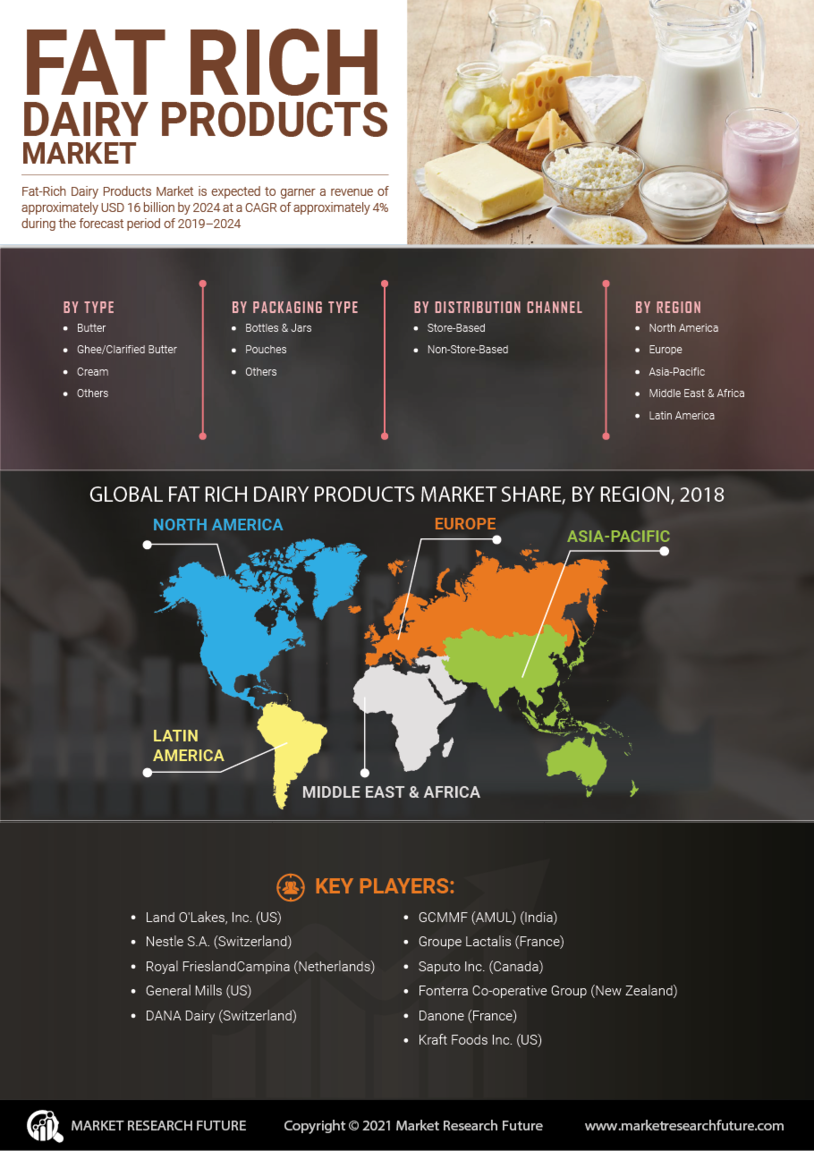

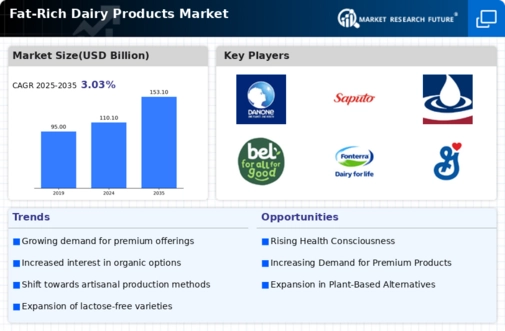
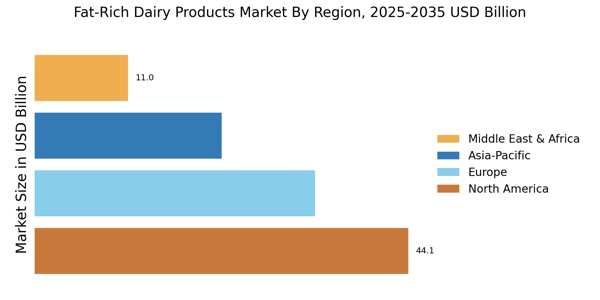
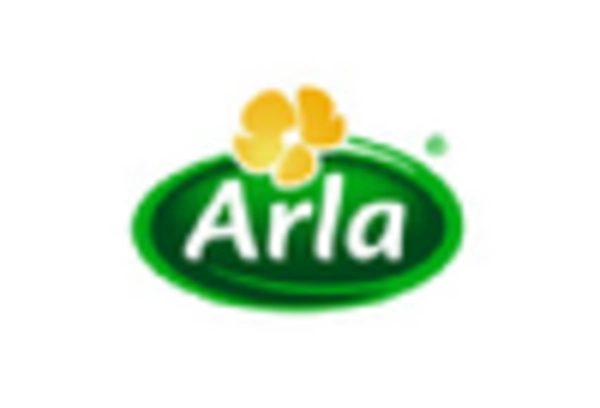

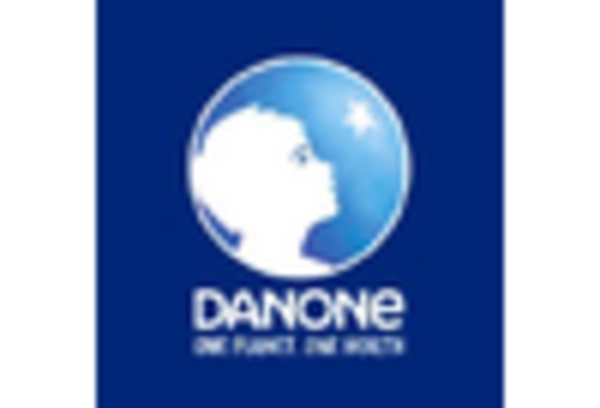
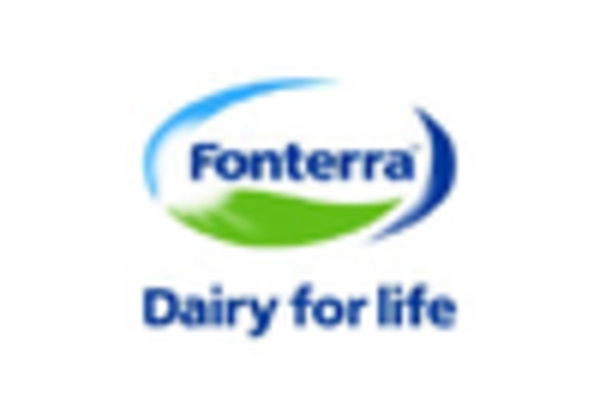










Leave a Comment